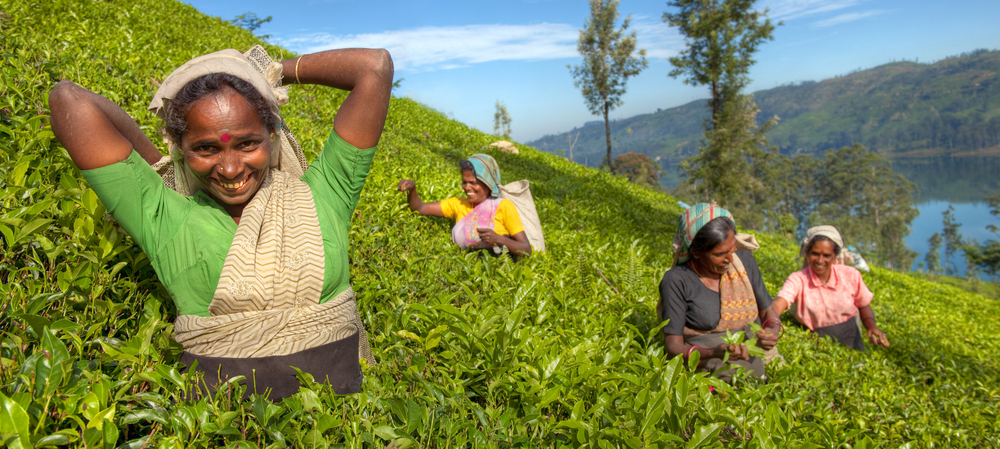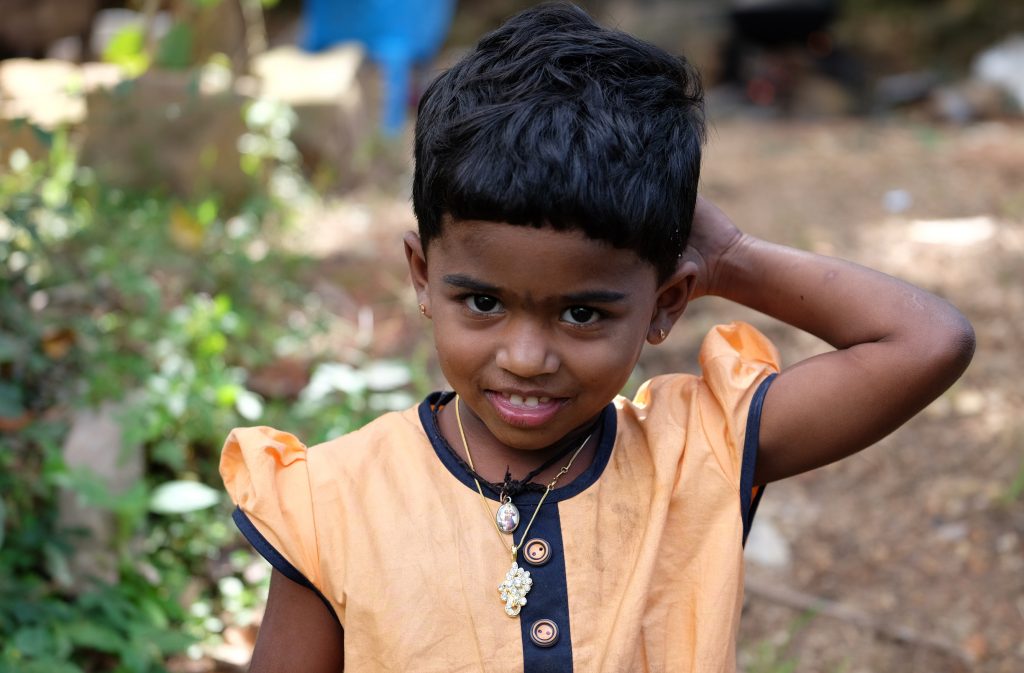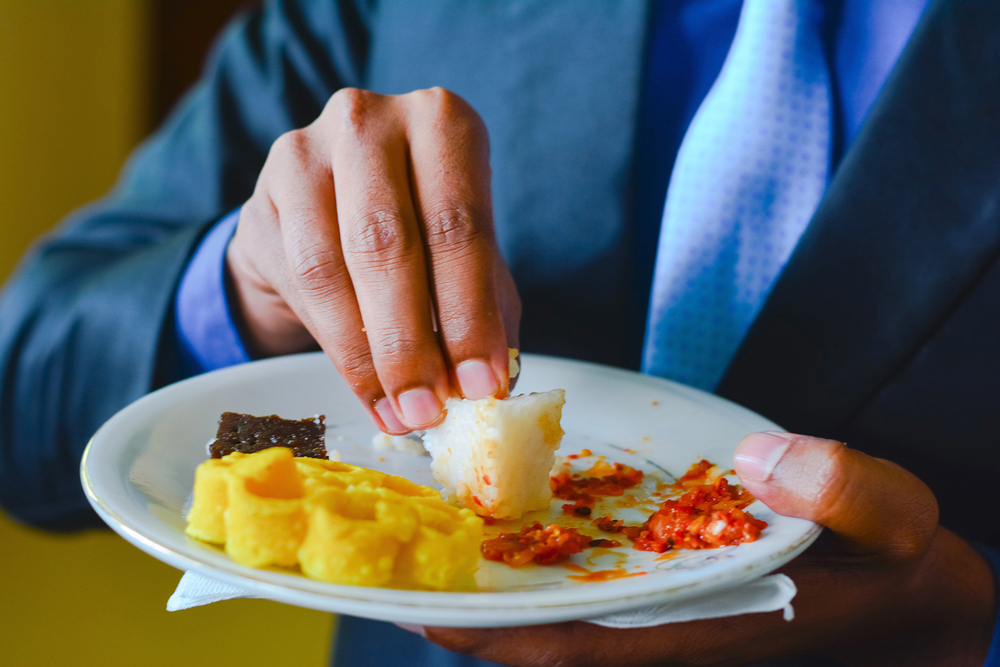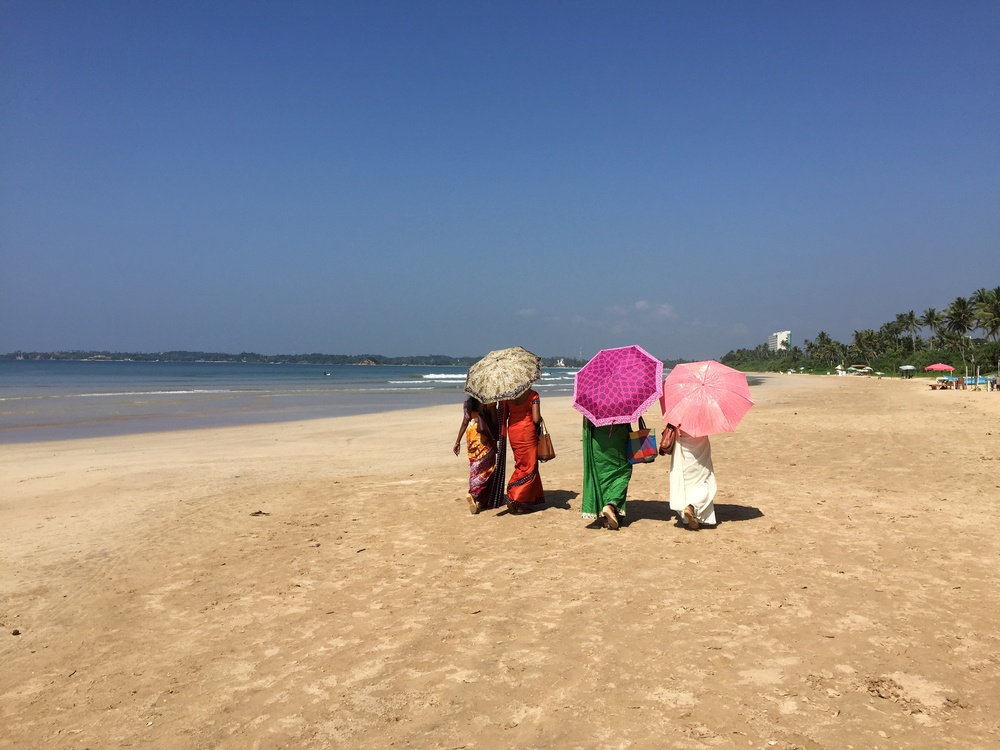What are Sri Lankan people like?
Sri Lanka has a reputation for being a multi-religious and a multi-cultural country welcome to all. With people from so many different origins living together for hundreds of years, the culture and traditions of Sri Lanka are just as colourful and diverse as the country’s landscapes. The vast majority of Sri Lanka’s population are Sinhalese. Tamils are the second largest community in the country, followed by Muslims who make up the third largest group of people. There are other minorities as well, namely Burghers, Malays, Chetties and a few others. The majority of the countrymen speak Sinhalese and the rest almost always have Tamil as their mother tongue.

The stats as of the 2011 Census in Sri Lanka were as follows:
- Sinhalese – 72.9%
- Tamils – 15.27%
- Moors (Descendents of Arab traders and travellers in the ancient times who settled in Sri Lanka and married local women) – 9.3%
Other minorities make up the rest of the population.
Despite this diverse mix of different cultures and religions, Sri Lanka has always been a loving, welcoming nation that cares for all its children regardless of their background. These communities live in great harmony and all Sri Lankans regularly help those in need and take part in “Shramadanas.” This is the act of volunteers from a community coming together for a common cause, such as cleaning the school premises or painting hospital wards.
During the month of May (called Vesak in Sinhalese), you can find literally thousands of food stalls (called Dansala in Sinhalese, which roughly means donation store) around the country. These are set up by friendly residents who will eagerly invite you for a free meal, a drink or a quick snack. Don’t be surprised if you get pulled over a dozen times by enthusiastic locals during a long drive! It’s impolite to reject the invitation since Sri Lankans take hospitality very seriously, so make sure you bring your appetite if you plan to travel during Vesak!
What do Sri Lankan people think of foreigners?

It’s a very common practice for backpackers to journey throughout the country by hitchhiking. Locals love to pick up hitchhikers since most are very interested in getting to know someone from a different country. Whether you have a flat tire or get completely lost, you can be sure that anyone who passes by will try to help you in any way they can. It’s also very common for tourists to be reunited with items lost in public places, fostering an environment of trust and respect between visitors and locals.
What’s the etiquette for men & women in Sri Lanka?

What not to wear in Sri Lanka
Sri Lankans are well-mannered and have great respect for ancient customs & traditions. Therefore, it is polite for visitors to follow Sri Lankan etiquette as a sign of respect. One of the main ways in which you can do so is by dressing appropriately.
Some outfits, such as swimsuits or tight-fitting, revealing clothes are frowned upon. No nudity (shirts on, men) or swimsuits are allowed in public places unless, of course, you’re at the beach. Displays of overly intimate physical affection between lovers or spouses is also a no-no in public spaces (though hand-holding is fine).
What about dining etiquette in Sri Lanka?
The use of cutlery in Sri Lanka is traditionally reserved for business and other formal environments. Most meals are, instead, eaten with the hands. Sri Lankans use the right hand to eat and, in fact, eating with the left hand is considered rude. Tourists new to this practice may find it strange, just as most Sri Lankans find the use of cutlery odd! It is widely believed that using your hands to eat makes the meal all the more enjoyable and promotes a healthy connection with your food. If you happen to come across a traditional Sri Lankan restaurant, this is the perfect place to try it out. Just remember, this rule does not apply to desserts or soup!
Do people in Sri Lanka speak English?
Most Sri Lankans can understand and speak English to a certain extent. So avoid gossiping or using offensive language – people will almost certainly be able to understand you! It’s considered highly rude to use swear words or talk too loudly in public.
What is the Sri Lankan greeting?
The most common greeting you will hear in Sri Lanka is ‘Ayubowan’ which translates to “May you have a long life”. If you are greeted this way you can return the gesture by replying in the same way – “Ayubowan!”

Shaking hands is one of the most common ways to greet a person in Sri Lanka, as is the case in many other former British colonies. A man may shake hands with another man and a woman may shake hands with another woman. However, many women will avoid shaking hands with men. In these cases, it’s best to greet with ‘Ayubowan’ or simply nod your head and say “Hello”.
Should you tip in Sri Lanka? How much?

Unlike the United States, tipping in Sri Lanka isn’t mandatory. You can tip your hotel porter or your waiter, but this isn’t expected. If you do want to tip, however, a good amount in restaurants and cafes is 50 Rs (About 0.3$). A generous tip would be about 100 Rs. When you take a tuk-tuk or a taxi, you can round up the fee to the nearest 50 or 100 if you want to leave a tip.
What should you wear in Sri Lanka?

As mentioned above, nudity, toplessness, and swimsuits are prohibited in public, and visitors should generally dress modestly. It’s better to avoid transparent, revealing outfits or tight clothing such as yoga pants. However, you should, of course, feel comfortable wearing swimsuits on the beach.
All visitors are expected to be considerate of dress codes when entering places of worship such as a Buddhist Temple, a Hindu Kovil, a Christian Church or a Muslim Masjid. This means that you should remove any headgear and footwear, and make sure to cover your shoulders and legs modestly. This applies to both men and women. A too-revealing outfit is considered very disrespectful in holy places, and you may well be barred from entering if your clothes are inappropriate.
One more important thing to take note is to act respectfully around statues in places of worship. Make sure that you never take photos with your back to a statue and, of course, don’t touch it. Usually, statues are of monks or other highly respected individuals from the past and are looked upon with great reverence by locals.
